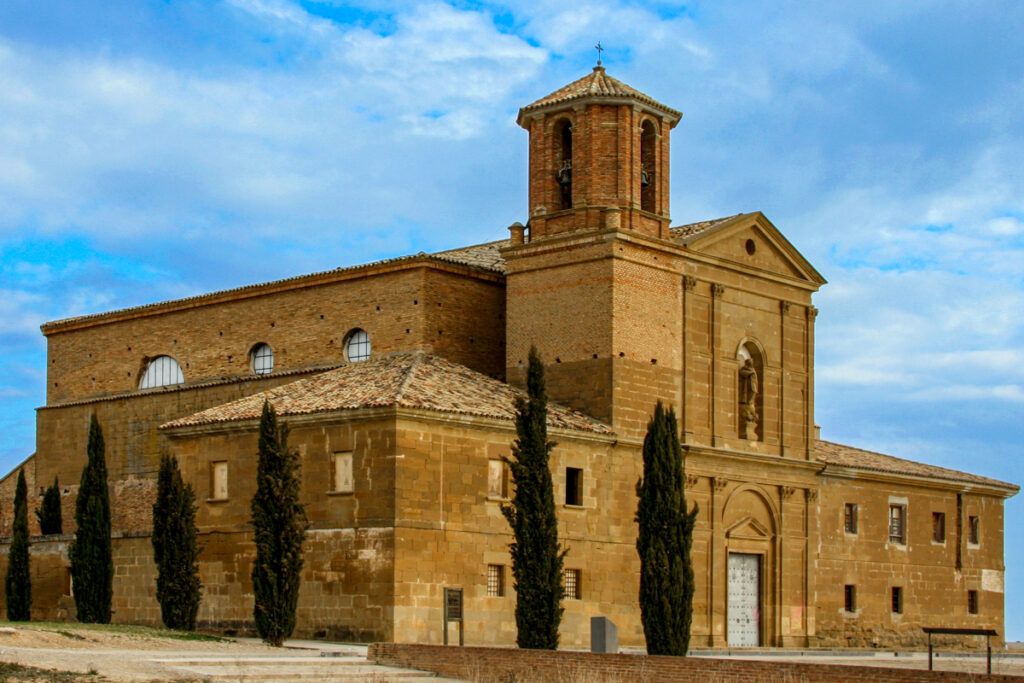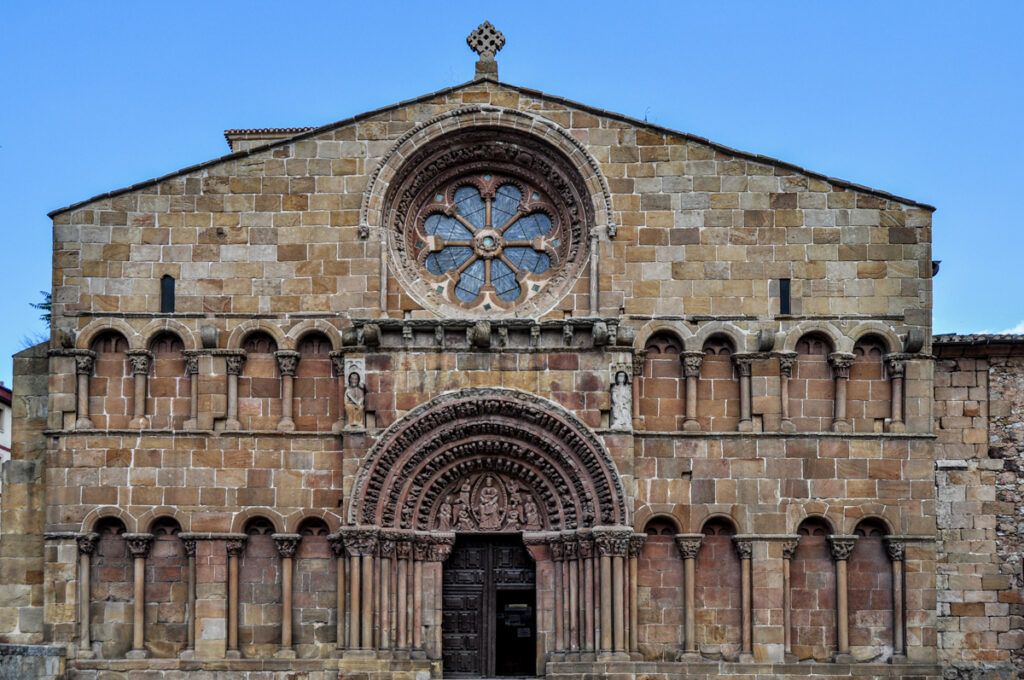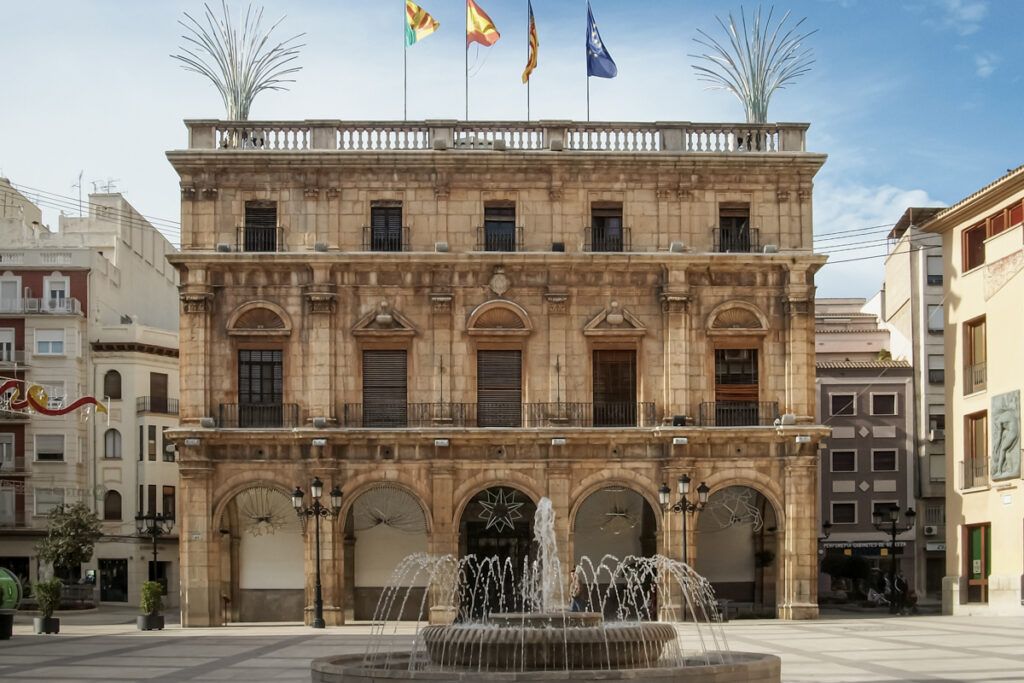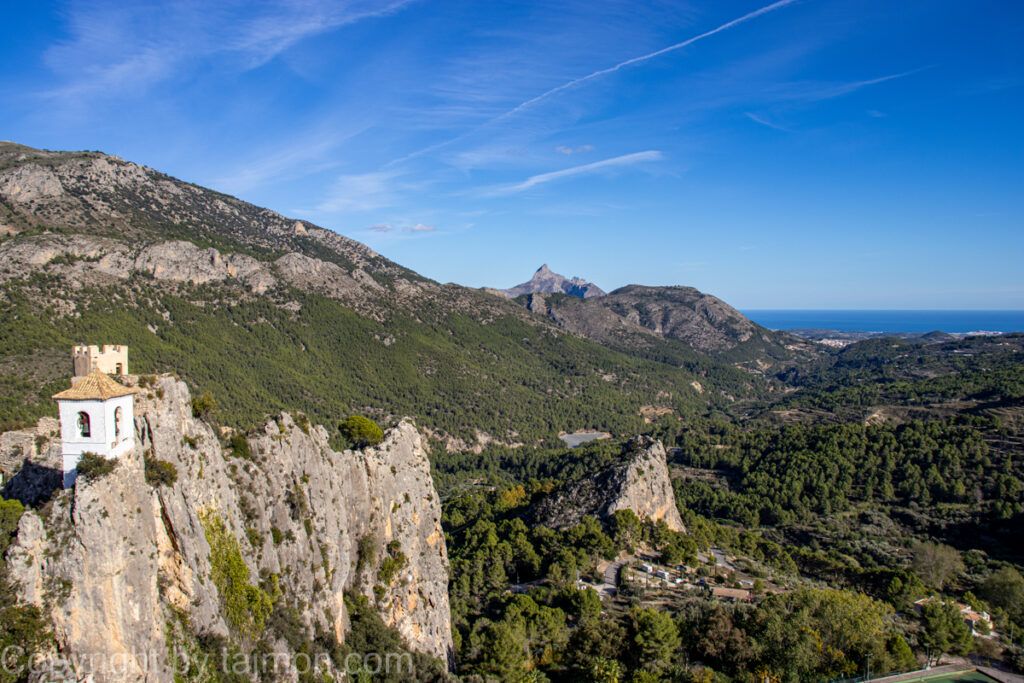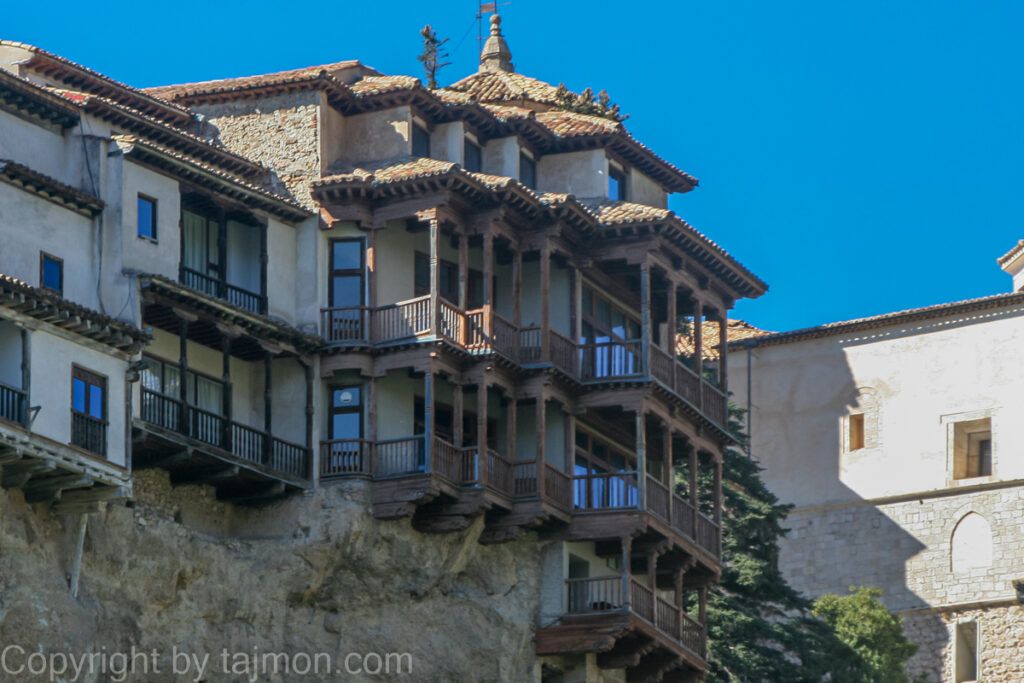Huesca Wall
The Huesca Wall is a historic structure that surrounded the ancient city of Osca, which was the capital of the Kingdom of Aragon. It was built in the 9th century when the city was under Muslim rule, and it was repeatedly expanded and repaired in later periods, both by Muslims and Christians. It is a symbol of the heritage and culture of Huesca.
It has the shape of an irregular quadrilateral, which is about 2.5 kilometers in circumference and covers about 30 hectares of land. The wall consists of an outer wall, which is about 2 meters thick and is built of stone and brick, and an inner wall, which is about 1 meter thick and is built of clay and stone. Between the two walls, there is a moat, which served to defend against attacks. It originally had 90 towers and 9 gates, each of which had its own name and function. However, currently, only a few fragments of the wall, one tower, and two gates have been preserved. Some of them include:
El Torreón del Amparo
The Amparo Tower, which is the only preserved tower of the wall and is located on San Salvador Street. The tower has a rectangular shape and is built of stone. It served as an observation and defensive point, as well as a prison. The tower is open to visitors and offers beautiful views of the city and the surrounding area.
La Puerta de Montearagón
The Montearagón Gate, which is one of the two preserved gates of the wall and is located on San Jorge Street. The gate has an arch shape and is built of stone and brick. It served as the main entrance to the city from the east side and as a road to the Montearagón castle, which was the residence of the kings of Aragon. The gate is adorned with the city’s coat of arms and the cross of St. George, the patron of Huesca.
La Puerta del Carmen
The Carmen Gate is the second of the two preserved gates of the wall and is located on Coso Alto Street. It has an arch shape and is built of stone and brick. It served as the main entrance to the city from the south side and as a road to the Carmen monastery, which was an important religious and cultural center. The gate is adorned with the city’s coat of arms and a figure of the Virgin Mary with the Child.
Return to the table of contents of the Tourist Guide to Huesca >>>>>>>>>>
